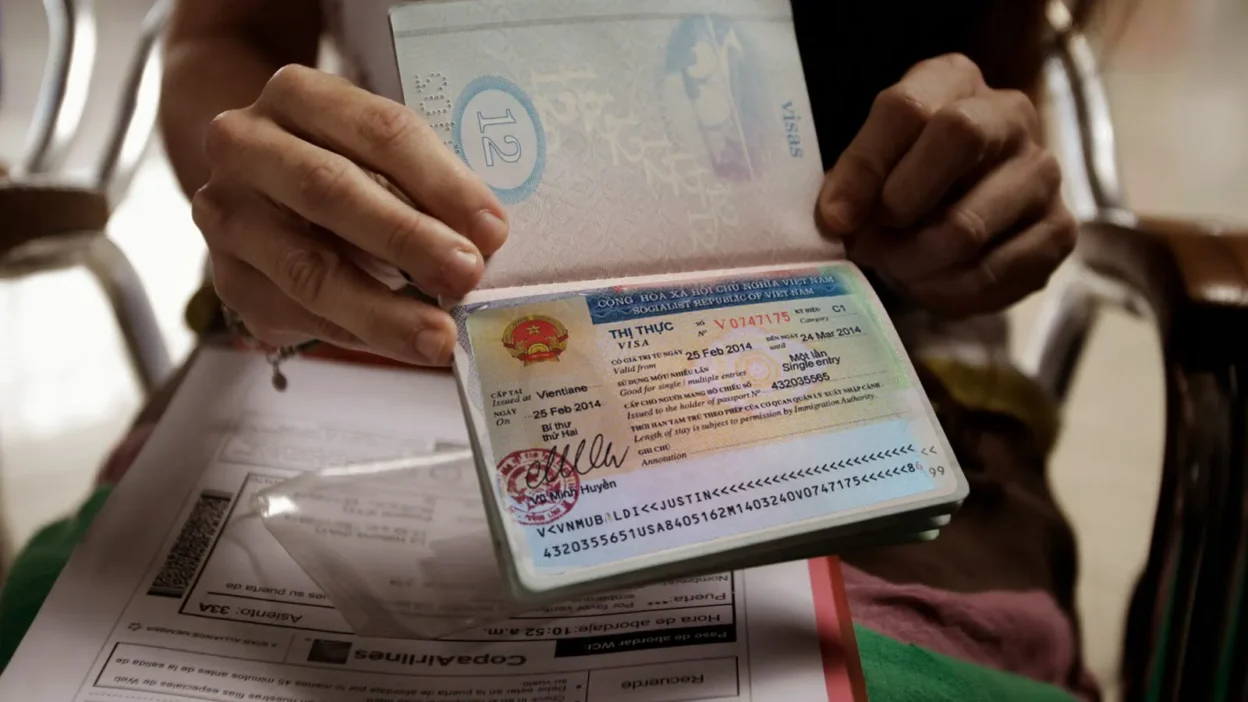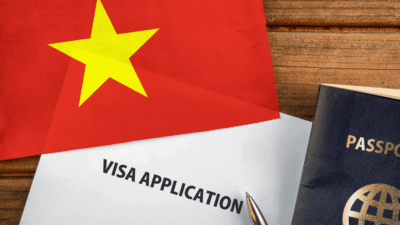If you’re planning a trip to Vietnam—whether for its emerald bays, misty highlands, or bustling cities—understanding the Vietnam visa requirements is your first and most crucial step. Mistakes in application, missing documents, or expired passports can lead to costly delays or even denied entry.
This comprehensive guide will walk you through every aspect of Vietnam’s visa regime, covering the latest policy updates, all available visa categories, step-by-step application procedures, fees, extensions, and insider tips to ensure your entry into Vietnam goes smoothly.
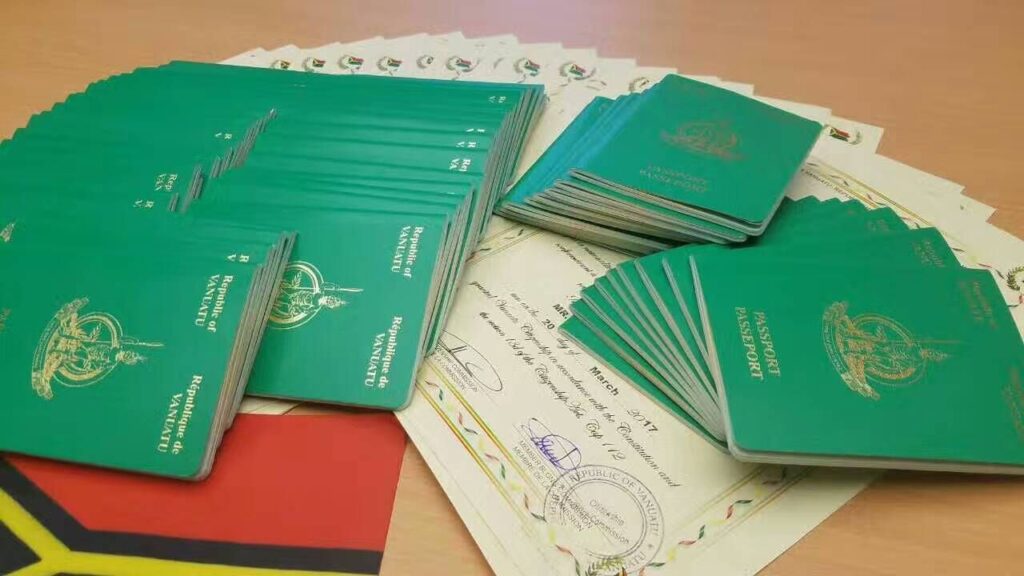
1. Overview of Recent Visa Policy Changes
In an effort to boost tourism and facilitate easier entry, Vietnam has implemented several key changes to its visa framework in recent years:
- Universal E-Visa Access (since Aug 15, 2023): All nationalities can now apply for an electronic visa online without visiting an embassy.
- Extended E-Visa Validity: E-visas were increased from 30 days to up to 90 days, with options for single or multiple entries.
- Longer Visa-Exemption Stays: Nationals of certain countries benefit from unilateral visa waivers extended from 15 to 45 days.
- Simplified On-Arrival Procedures: Pre-approval letters for visa-on-arrival are processed faster, and arrival stamping counters have been streamlined at major airports.
These updates reflect Vietnam’s commitment to making travel more convenient. However, staying informed about the exact requirements and deadlines remains essential for travelers.
2. Who Needs a Visa to Enter Vietnam?
Even with expanded exemptions and e-visas, not every visitor can enter visa-free. Here’s a quick breakdown:
- Visa-Exempt Nationals (Visa Waiver): Citizens of ASEAN member states enjoy 30-day visa-free entry. Several other countries (e.g., UK, France, Germany, Japan, South Korea) have unilateral exemptions up to 45 days.
- E-Visa Eligible Nationals: All other passport holders can apply for an e-visa.
- Excluded Categories: Holders of Laissez-Passer, certain diplomatic/service passports, or passports with special restrictions should verify eligibility individually through their nearest Vietnamese mission.
Always check the latest bilateral agreements, as exemption lists and durations may change periodically.
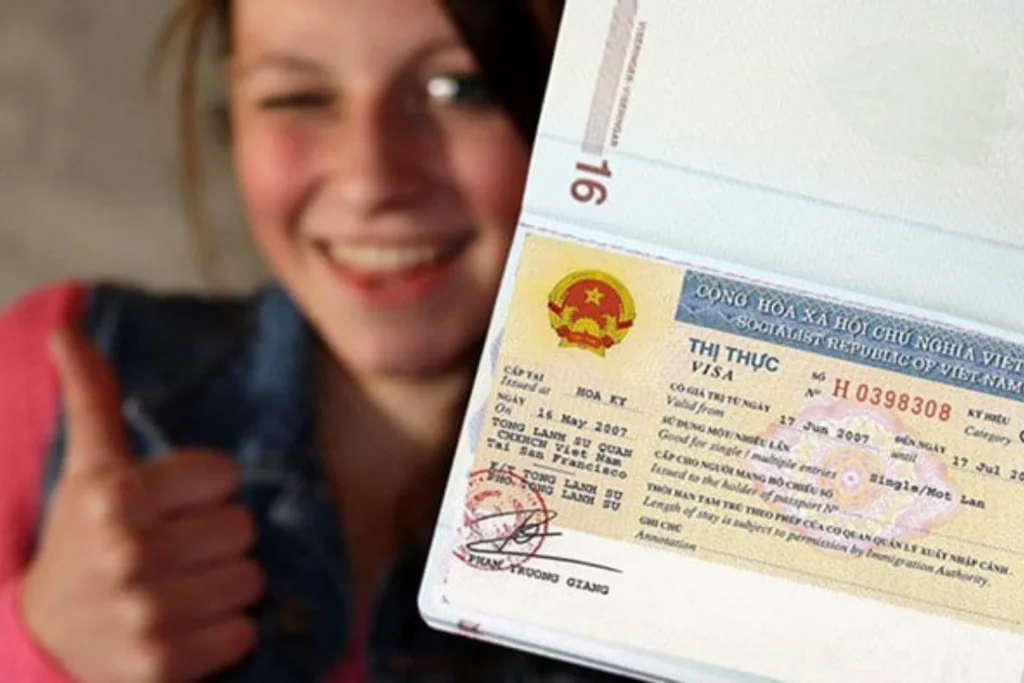
3. Types of Tourist Visas
Depending on your nationality, trip length, and entry method, you’ll choose among the following:
3.1 E-Visa (Electronic Visa)
- Validity & Entries: 30–90 days, single or multiple entries.
- Processing Time: Typically 3 working days.
- Application: Fully online via the official Immigration Department portal—no in-person visits required.
- Cost: Standard government fee of USD 25, payable by credit card or e-wallet.
3.2 Sticker Tourist Visa (DL)
- Sticker in Passport: Issued on arrival or at an embassy/consulate.
- Validity: 30 or 90 days; single or multiple entries, decided by the sponsoring tour operator or embassy.
- Pre-Approval Letter: Required for visa-on-arrival; obtained through a licensed travel agency.
- Stamping Fee: Ranges from USD 25–50 at arrival, plus agency service charges.
3.3 Visa Exemptions & Waivers
- ASEAN Citizens: Up to 30 days visa-free.
- 45-Day Waiver Countries: UK, France, Germany, Italy, Spain, Sweden, Denmark, Norway, Finland, Japan, South Korea, Belarus (subject to periodic renewal).
- 14-Day Waiver: Select countries with bilateral agreements (e.g., Chile, Cuba).
Exemption durations start from the date of entry and cannot be extended without obtaining a formal visa.
4. General Eligibility and Passport Criteria
Before applying, ensure you meet these basic Vietnam visa requirements:
- Passport Validity: Minimum 6 months beyond your intended departure from Vietnam.
- Blank Pages: At least two consecutive blank pages for visa labels and entry/exit stamps.
- No Travel Bans: You must not be on any Vietnamese entry blacklist or subject to immigration sanctions.
- Return/Onward Ticket: Evidence of onward travel or return journey may be requested at immigration.
- Sufficient Funds: While not always checked, you should have access to at least USD 50–100 per day of stay.
Failure to meet these criteria can result in application rejection or denial of entry at the border.
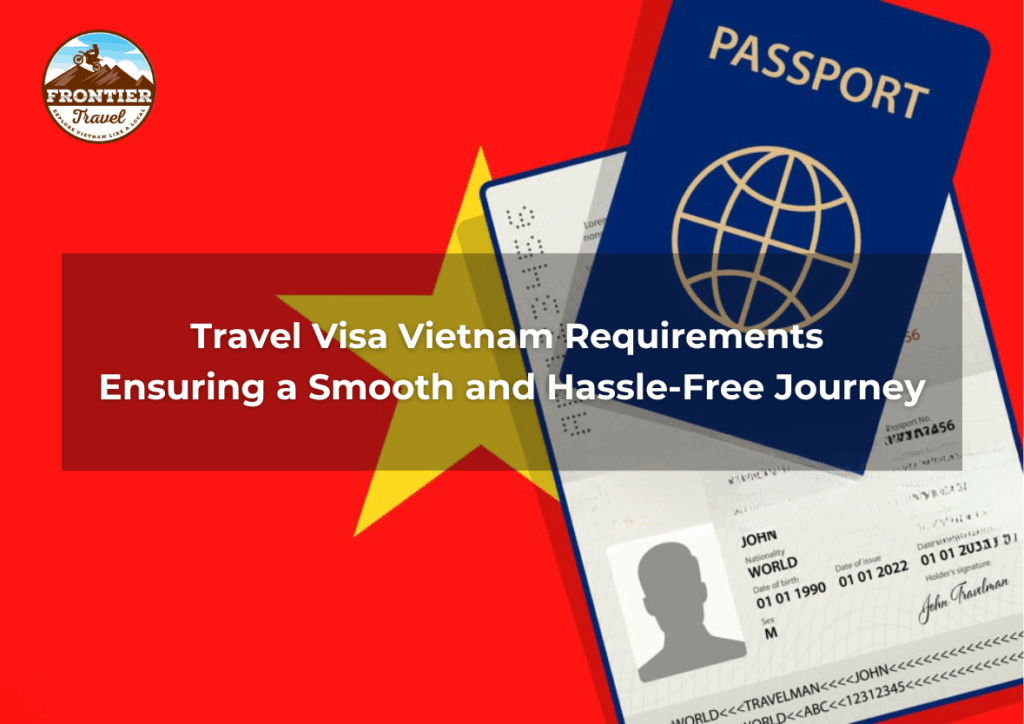
5. Step-by-Step Application Processes
Choose the process that best fits your travel timeline and preferences:
5.1 Online E-Visa Application
- Visit the Official Portal: https://evisa.xuatnhapcanh.gov.vn
- Fill in Personal Details: Name, date of birth, passport number, travel dates, entry/exit points.
- Upload Scans: Biographical passport page and a recent, white-background photo.
- Pay the Fee: USD 25 fee via credit card, debit card, or certain e-wallets.
- Receive Approval: Download the e-visa PDF within 3 working days.
- Print & Carry: Bring a printed copy of the e-visa and your passport to immigration upon arrival.
5.2 Visa-on-Arrival via Travel Agency
- Contact Licensed Agent: Provide passport copy, travel dates, and entry airport.
- Receive Pre-Approval Letter: Agency submits your details to Immigration for a landing permit.
- Pay Service Fee: Agency charges range USD 10–20 plus government stamping fee.
- Arrival at Airport: Present letter, passport, photos, and stamping fee at the VOA counter.
- Get Visa Sticker: Immigration officer places visa sticker in your passport.
5.3 Embassy/Consulate Application
- Locate Nearest Mission: Check Vietnam’s embassy or consulate in your country.
- Submit Paper Application: Include completed form (NA-1), passport photos, and original passport.
- Pay Consular Fee: Varies by location (USD 25–80).
- Processing Time: Typically 5–7 working days, with expedited options available.
- Collect Passport: Return to obtain passport with visa sticker.
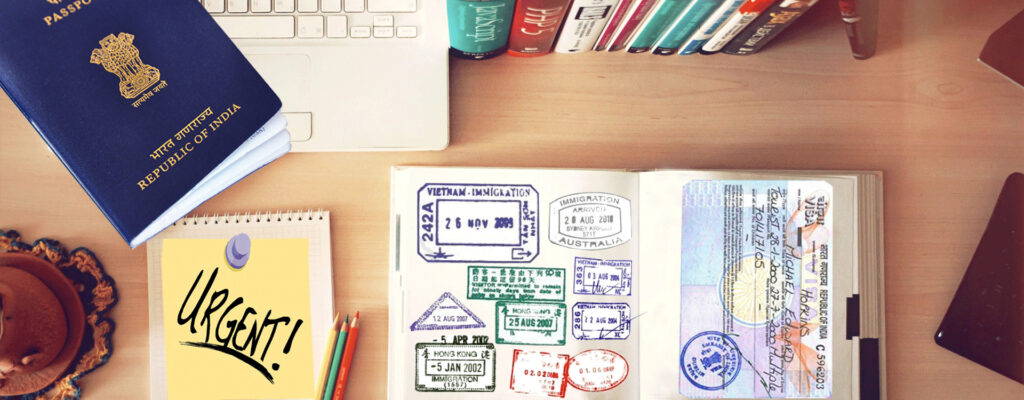
6. Required Supporting Documents
Prepare the following for any visa route:
| Document | E-Visa | VOA via Agency | Embassy/Consulate |
| Passport (≥6-month validity) | Scan | Original | Original |
| Passport-Style Photo (4×6 cm) | Photo file | 2 printed | 2 printed |
| Visa Application Form (NA-1) | Auto-generated | Provided by agency | Hand-filled |
| Pre-Approval Letter | N/A | Issued by agency | N/A |
| Proof of Accommodation (optional) | Booking confirmation | Booking confirmation | Booking confirmation |
| Return/Onward Ticket (optional) | PDF/scan | PDF/scan | Printout |
Gathering these documents in advance will streamline processing and avoid delays.
7. Visa Fees and Payment Methods
Understanding the full cost structure helps you budget effectively:
| Visa Type | Government Fee | Service/Stamp Fee | Total Approx. Cost |
| E-Visa (30–90 days) | USD 25 | N/A | USD 25 |
| VOA (single entry) | USD 25–50 | USD 10–20 | USD 35–70 |
| VOA (multiple) | USD 50–95 | USD 10–20 | USD 60–115 |
| Embassy (single) | USD 25–50 | N/A | USD 25–50 |
| Embassy (multiple) | USD 50–80 | N/A | USD 50–80 |
Payment can be made by credit/debit card for e-visas, cash or card for embassy/VOA fees, and via bank transfer or e-wallet for agency services.
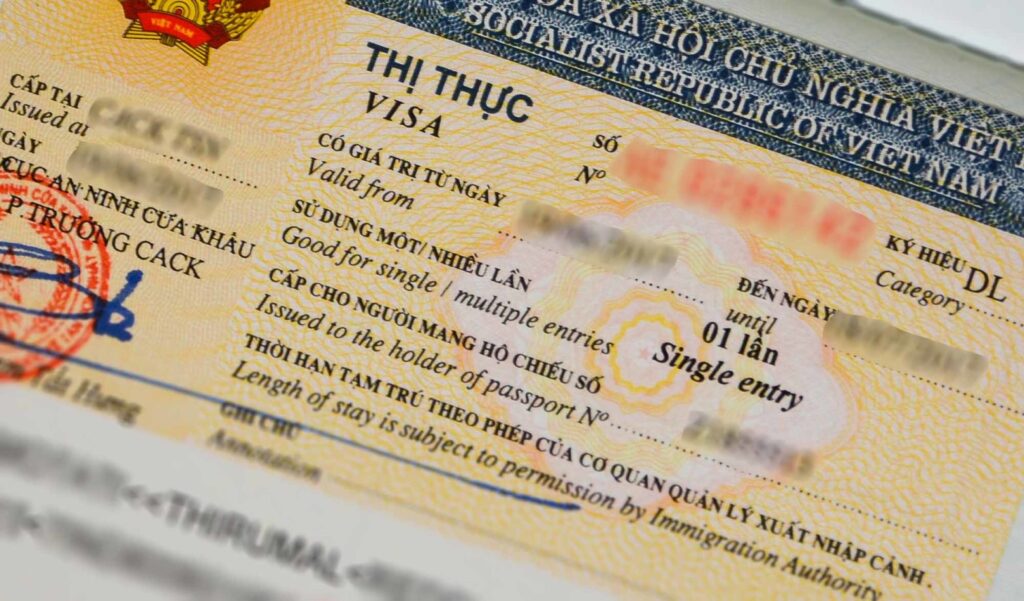
8. Visa Extension and Multiple Entries
If you need more time in Vietnam:
- Extension Eligibility: Tourist visas can be extended by 30 days at a time through Immigration offices in Hanoi, Da Nang, or Ho Chi Minh City.
- Sponsorship Required: You’ll need a letter from a licensed travel agency or employer.
- Multiple Entry Visas: Opt for a multiple-entry 90-day visa if you plan side trips to neighboring countries.
- Processing Time: Extensions take 3–5 working days; apply at least one week before expiry.
Carefully plan your extensions to avoid overstaying.
9. Overstay Penalties and Exit Procedures
Overstaying your visa can lead to serious consequences:
- Daily Fines: Typically USD 25 per extra day.
- Detention: Prolonged overstays may result in temporary detention until departure.
- Future Entry Bans: Overstayers risk being blacklisted or denied future visas.
- Exit Process: Pay fines at Immigration upon exit; ensure you have proof of visa validity or extension.
Always track your visa expiry date and apply for extensions in a timely manner.
10. Entry & Exit Points: Airports and Borders
Vietnam allows visa entry and exit at major international airports and select land/sea borders:
- International Airports: Hanoi (HAN), Ho Chi Minh City (SGN), Da Nang (DAD), Nha Trang (CXR), Phu Quoc (PQC).
- Land Borders: Thailand (Bavet/Moc Bai), Laos (Lao Bao, Cau Treo), China (Tay Trang, Dong Dang).
- Sea Ports: Phu My (for cruise ships), Ha Long Bay (cruise terminals).
When applying, specify your intended entry and exit points accurately to avoid complications.
11. Practical Tips for Smooth Processing
- Start Early: Begin your visa application 4–6 weeks before travel.
- Use Official Sources: Only apply via the government portal or licensed agencies.
- Double-Check Details: Ensure your name, passport number, and dates are error-free.
- Print Multiple Copies: Carry extras of your visa, passport, and approval letters.
- Monitor Email: Watch for e-visa notifications and check spam folders.
- Stay Updated: Policies can change—consult the Immigration Department’s website before applying.
These precautions will minimize stress and maximize your chance of approval.

12. Common FAQs on Vietnam Visa Requirements
Q1: Can I convert my visa-exempt stay into an e-visa?
No. Visa-exempt stays cannot be extended or converted; you must leave and re-enter under a new visa.
Q2: Is the e-visa valid for land border entry?
Yes—e-visas are accepted at all designated airports and selected land crossings; check the portal’s list before travel.
Q3: Do children need separate visas?
Yes. Every traveler, regardless of age, must hold a valid visa or exemption.
Q4: Can I work on a tourist visa?
No. Employment on a tourist visa is prohibited and can result in deportation and fines.
Q5: What if my passport is lost/stolen in Vietnam?
Report immediately to local police and your embassy; apply for an emergency travel document and coordinate with Immigration for visa transfer.
13. Sample Timeline & Pre-Departure Checklist
| Weeks Before Departure | Task |
| 8–12 | Verify exemption eligibility; research visa options |
| 6–8 | Submit e-visa or embassy application; gather supporting documents |
| 4 | Book flights, accommodation, and tours |
| 2–3 | Confirm visa approval; print all documents |
| 1 | Check passport validity; obtain travel insurance |
| Departure Day | Carry printed visa, passport, and copies; arrive early at airport |
Use this timeline to keep your preparations on track and ensure you meet all Vietnam visa requirements.
Plan Ahead for Stress-Free Travel
Mastering the Vietnam visa requirements means your journey can begin with excitement, not paperwork headaches. By choosing the right visa type, compiling accurate documentation, starting your application early, and following official procedures, you’ll secure your entry with confidence.
Next Steps:
- Confirm your visa-exemption status or decide on e-visa versus sticker visa.
- Gather passports, photos, and application forms.
- Submit your application at least 6 weeks before departure.
- Print and organize all documents for easy access at immigration.
With your visa sorted, you’re free to explore Vietnam’s dazzling landscapes, rich heritage, and warm hospitality without worry. Safe travels!
See more article: Top 14 Things to do in Vietnam: Your ultimate 2025 travel guide

